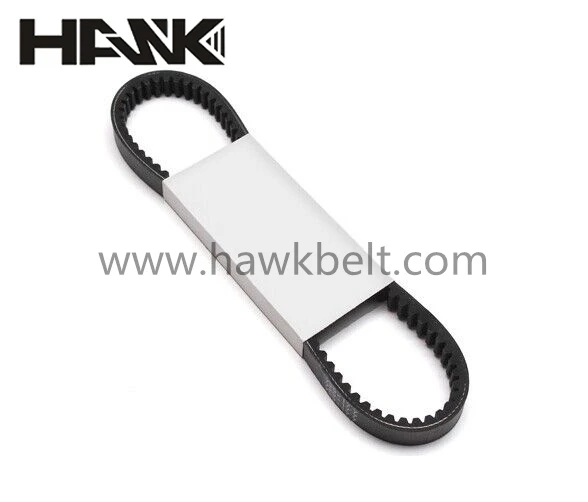- Arabic
- French
- Russian
- Spanish
- Portuguese
- Turkish
- Armenian
- English
- Albanian
- Amharic
- Azerbaijani
- Basque
- Belarusian
- Bengali
- Bosnian
- Bulgarian
- Catalan
- Cebuano
- Corsican
- Croatian
- Czech
- Danish
- Dutch
- Afrikaans
- Esperanto
- Estonian
- Finnish
- Frisian
- Galician
- Georgian
- German
- Greek
- Gujarati
- Haitian Creole
- hausa
- hawaiian
- Hebrew
- Hindi
- Miao
- Hungarian
- Icelandic
- igbo
- Indonesian
- irish
- Italian
- Japanese
- Javanese
- Kannada
- kazakh
- Khmer
- Rwandese
- Korean
- Kurdish
- Kyrgyz
- Lao
- Latin
- Latvian
- Lithuanian
- Luxembourgish
- Macedonian
- Malgashi
- Malay
- Malayalam
- Maltese
- Maori
- Marathi
- Mongolian
- Myanmar
- Nepali
- Norwegian
- Norwegian
- Occitan
- Pashto
- Persian
- Polish
- Punjabi
- Romanian
- Samoan
- Scottish Gaelic
- Serbian
- Sesotho
- Shona
- Sindhi
- Sinhala
- Slovak
- Slovenian
- Somali
- Sundanese
- Swahili
- Swedish
- Tagalog
- Tajik
- Tamil
- Tatar
- Telugu
- Thai
- Turkmen
- Ukrainian
- Urdu
- Uighur
- Uzbek
- Vietnamese
- Welsh
- Bantu
- Yiddish
- Yoruba
- Zulu
Nov . 09, 2024 23:23 Back to list
Understanding the Importance of Truck Fan Belts for Optimal Engine Performance
Understanding Truck Fan Belts Importance, Maintenance, and Replacement
Trucks are formidable machines that rely on a myriad of components working in harmony to ensure optimal performance. Among these components, the fan belt—or serpentine belt—plays a crucial role in the operation of the engine cooling system. Understanding the importance of the fan belt, recognizing signs of wear, and knowing how to maintain or replace it can help prevent potential breakdowns and costly repairs.
What is a Truck Fan Belt?
The fan belt, typically referred to as a serpentine belt in modern trucks, is a long, rubber belt that connects various engine components. It functions primarily to drive the engine's cooling fan, but it also powers other vital accessories, such as the alternator, power steering pump, and air conditioning compressor. This belt is essential for maintaining the engine’s proper temperature, enabling electrical systems, and ensuring a comfortable driving experience.
Importance of the Fan Belt
The fan belt is integral to the truck’s overall functionality. When the engine runs, the fan belt rotates and drives the components it is connected to. An efficiently functioning fan belt helps regulate the engine's temperature by ensuring that the cooling fan operates as needed. If the fan belt fails, the cooling system may not work effectively, leading to overheating. This can cause extensive damage to the engine and other related systems.
Moreover, a worn or damaged fan belt can affect the performance of the truck's electrical system and steering assistance, potentially leading to a loss of power steering or charging issues. Therefore, keeping the fan belt in good condition is imperative for the longevity and reliability of the truck.
Signs of a Worn or Damaged Fan Belt
It’s essential for truck owners and operators to be aware of the symptoms indicating that a fan belt may be worn or damaged. Common signs include
1. Squeaking or Slipping Sounds A high-pitched squeak or squeal when starting the truck or when accelerating can indicate that the belt is loose or worn out. 2. Cracks or Fraying A visual inspection can reveal cracks, fraying, or other signs of wear on the belt itself. This is often a clear sign that replacement is imminent.
3. Overheating Engine If the engine overheats frequently, and there's no other apparent cause, it might be a sign that the fan belt is not functioning correctly.
truck fan belt

4. Loss of Power Steering If you notice a sudden difficulty in steering, it could be because the belt connecting to the power steering pump has failed.
5. Battery Warning Light If the battery warning light illuminates on the dashboard, it may indicate that the alternator is not being adequately powered due to a belt issue.
Maintenance and Replacement Tips
Preventive maintenance is key to ensuring the longevity of a fan belt. Regularly scheduled inspections can help identify issues before they lead to a breakdown. Here are a few maintenance tips
1. Regular Inspections Check the fan belt for signs of wear, tension, and overall condition during routine maintenance. This should be a part of your regular vehicle check-ups.
2. Proper Tension Ensure that the fan belt maintains the correct tension. A belt that is too loose can slip, while a belt that is too tight can lead to component damage.
3. Replacement Schedule While the lifespan of a modern serpentine belt can range from 50,000 to 100,000 miles, it is best to consult the manufacturer’s guidelines for replacement intervals.
4. Professional Assistance If you're unsure about the condition of your fan belt or how to replace it, consult a professional mechanic. They can provide a comprehensive assessment and safe installation of a new belt if necessary.
Conclusion
The truck fan belt, though often overlooked, is a vital component of the engine's performance and longevity. Understanding its role, signs of wear, and proper maintenance can save you from unforeseen breakdowns and repair costs. Regular inspections and timely replacements are essential for keeping your truck running smoothly and efficiently on the road. As with all vehicle components, knowledge and proactive care are key to ensuring safety and reliability in your trucking operations.
-
Korean Auto Parts Timing Belt 24312-37500 For Hyundai/Kia
NewsMar.07,2025
-
7PK2300 90916-T2024 RIBBED BELT POLY V BELT PK BELT
NewsMar.07,2025
-
Chinese Auto Belt Factory 310-2M-22 For BMW/Mercedes-Benz
NewsMar.07,2025
-
Chinese Auto Belt Factory 310-2M-22 For BMW/Mercedes-Benz
NewsMar.07,2025
-
90916-02660 PK Belt 6PK1680 For Toyota
NewsMar.07,2025
-
drive belt serpentine belt
NewsMar.07,2025

